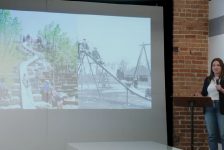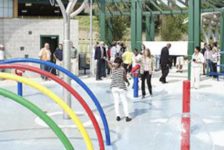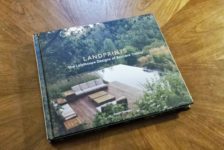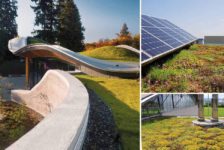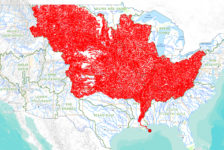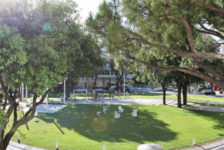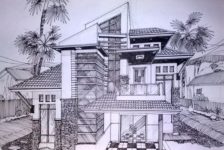We interview Janne Saario – the keen pro skater turned landscape architect, designing some of the most innovative skate parks in the world! His creative thinking and personal experience of the landscape through the skateboard is what makes the difference from the rest of skatepark designers. Until now he has completed a few skate parks which according to the skaters riding them are an absolutely different way of feeling the landscape. They say “what makes his design different is the fact that he thinks even about the smallest detail”. We managed to get a little glimpse into his thoughts, experience and plans for the future, in an interview for you.
- So you have been a skater most of your life and a large part of it professionally. Where there any skate parks back when you started out or were you just using the immense possibilities the surrounding landscape could offer?
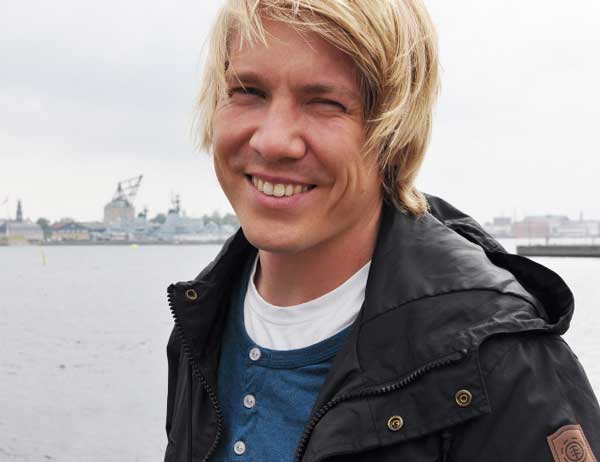
Janne Saario
- While travelling the world for competitions and skating spaces others have designed, did you feel they were not offering enough possibilities? Did you ever imagine changing something for a better experience? Except for being your passion, was skateboarding the driving force to get you into landscape architecture?
There are always places in the city that would be perfect for skateboarding, but often there tends to be a tiny little design decision that ruins the dream. This is not the designers fault of course, because he/she would not know about skateboarding and the places are not designed for that purpose.
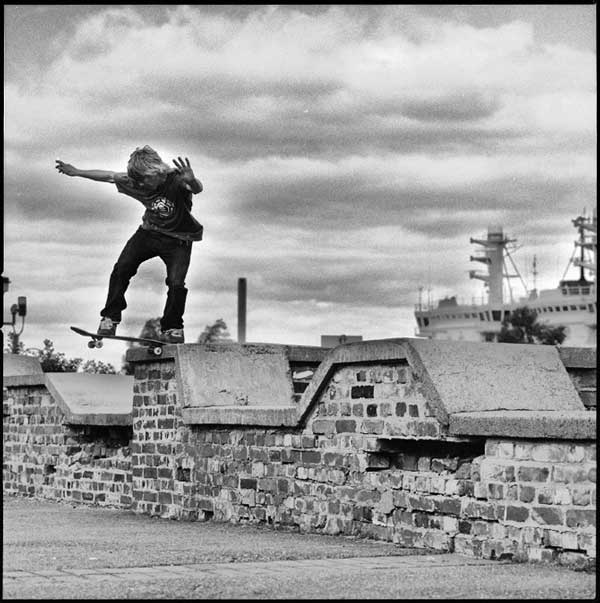
From Pro Skater to Landscape Architect…..
- How and when did you start working on skate parks design? Was it after you started university or during your pro – skateboarding career?
Actually, it was in between that transition. I got my first commission during the same year as I started my studies. I was already working in one architecture office (Casagrande & Rintala) who were doing international works. I just got back from a work camp in Echigo-Tsumari Art triennal in Japan, when I got my first own project. I was still travelling as a pro-skater too. My first project was a main skatepark in Helsinki and this project really inspired me to focus more on landscape architecture than skateboarding.
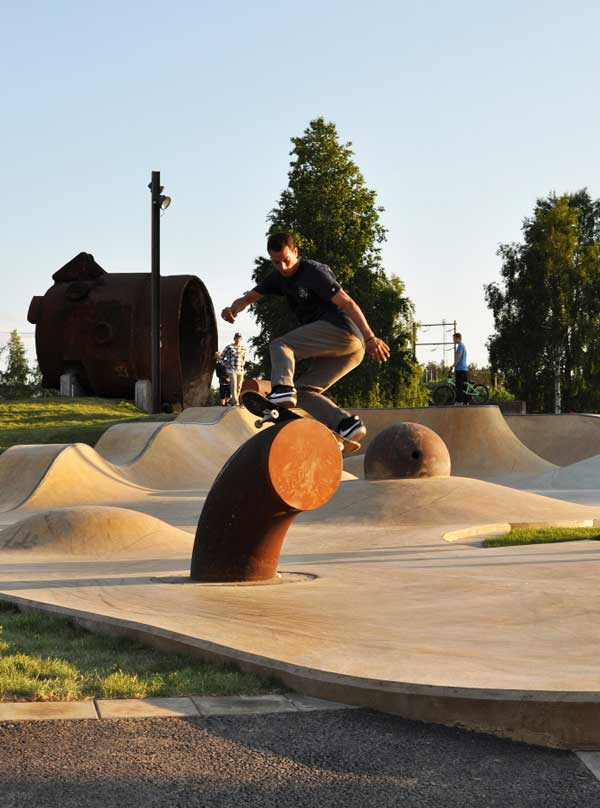
Steelpark, Luleå, Sweden
- In July last year you did a “DIY concrete workshop” with architectural students to design and build skate obstacles. Some of them were not skaters. Do you think that makes a big difference in the design thinking of skate parks? How does it feel to “ride“their landscape ideas?
It was great to work with the students. The passion for learning about organically shaped concrete among the students was enormous. I’m looking at skateparks from a very architectonical point of view, so in that sense it was just great and free to work with them. We could explore different shapes and came up with this volcano-shape that was an outdoor grill at the same time. The smoke rising from the concrete volcano fitted well with the industrial landscape with the factory pipes etc.
- Do you think of designing your skate parks to be multi-functional? Can skateboarding be mixed with other similar sports or completely different activities in your opinion?
I think that at its best, the result is not a skatepark. It could be more like a big environmental art work in the landscape that can be skated, climbed, parkoured, played, biked or just hung out in. Conventional thinking of a training facility doesn’t work that well for skateboarding. The sport has grown up and evolved in environments that have not been designed for skateboarding, like parkour and bmx too. So why not focus a bit more on architecture schemes while making sure it works great for skateboarding too.
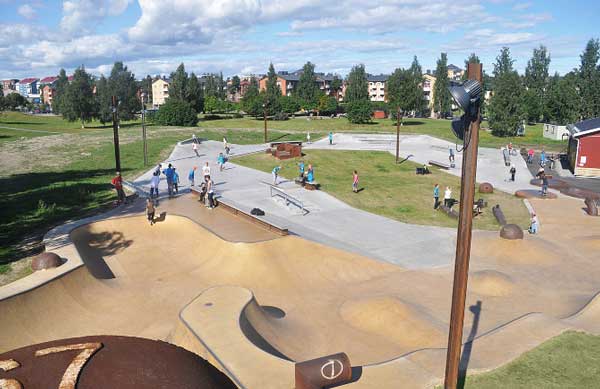
Steelpark, Luleå, Sweden
- Spending such a significant part of your life skateboarding and travelling do you have a favorite skate park or place?
I love to skate the plazas in Spain.

Plaza de la Encarnacion in Seville, Spain.
- You have started up your career in landscape architecture with skate parks but you say that you will be excited to explore other challenges in design such as golf courses and cemeteries. Why these two? Do you think you’ll be able to create an exceptional experience for golf players as well without becoming one?
Golf course designing is a dream that goes along with the passion for that sport. I love to golf, but at this period of life I don’t have enough time for it. So that scene can wait a bit. Same goes with the cemetery. I’m attracted to the woodland cemetery in Stockholm from Gunnar Asplund and the strong relationship between the landscape and symbolic values in life. If I fail at being a pro-golfer at least I’ll get familiar with the essence of cemetery at the last years of my career, knowing the fact that this is a job that we usually don’t retire from.
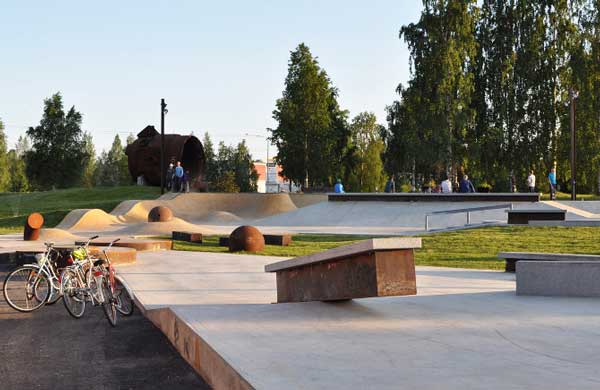
Steelpark, Luleå, Sweden
- What are your goals and dreams for 2013? What would you wish to our readers?
I have five big skatepark assignments from which 3 are to be built in the upcoming summer, so to get these done successfully and to take care of my family at the same time is my goal. Work and personal life need to be well balanced. The life we are living during our “free time” should inspire our work. That is something I love about being a landscape architect and a skateboarder. Interview conducted by Yuliya Georgieva Website: Janne Saario
This article was originally submitted to Landscape Architects Network
Published in Blog



